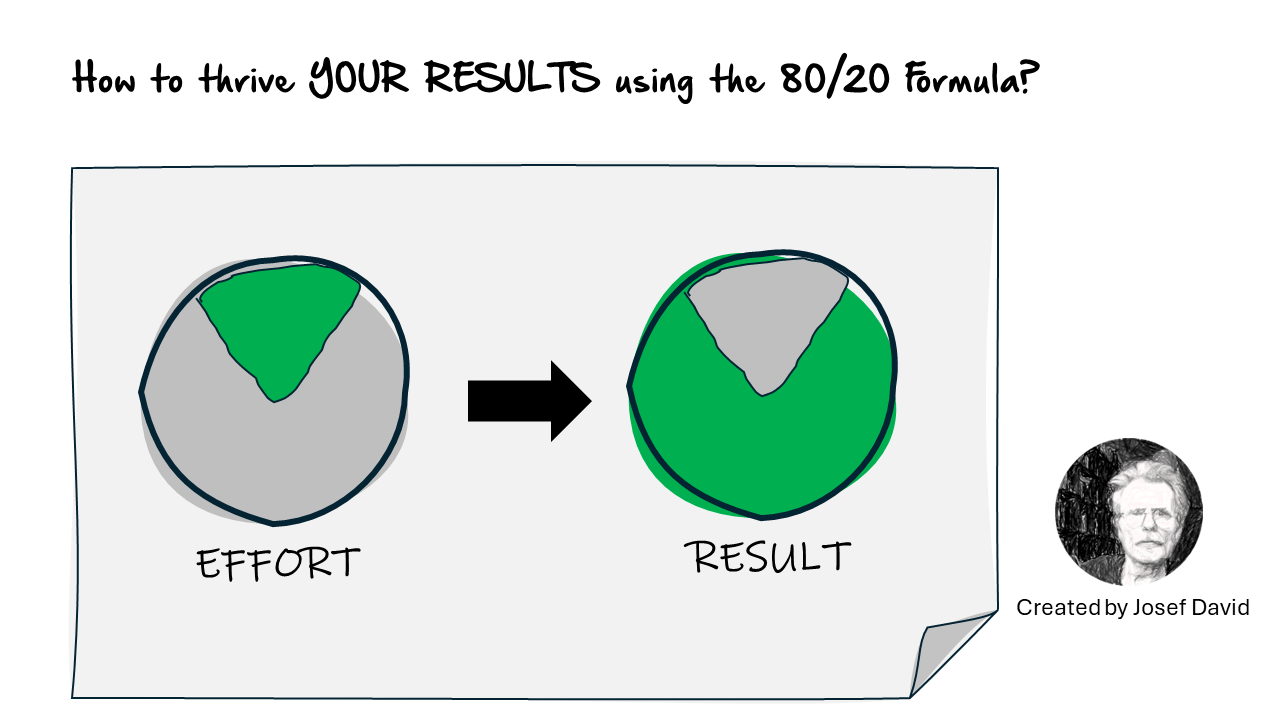The 80/20 rule, also known as the Pareto Principle, is a powerful tool that can be applied to a wide range of business scenarios. This principle states that 80% of the effects come from 20% of the causes. Here are the top 10 business uses of the 80/20 rule:
1. Strategy and Profitability Analysis The 80/20 rule can be used to identify the most profitable segments of your business. By focusing on the 20% of products or services that generate 80% of your profits, you can streamline your offerings and increase profitability. This analysis can also help you identify underperforming areas and make strategic decisions about where to invest resources.
2. Quality: In quality management, the 80/20 rule can help identify the most critical issues affecting product or service quality. By focusing on resolving the 20% of problems causing 80% of quality issues, businesses can significantly improve their overall quality.
3. Cost Reduction and Service Improvement: The Pareto Principle can be used to identify areas where cost reductions will have the most significant impact. By focusing on reducing costs in the areas that account for 80% of total expenses, businesses can achieve substantial savings. Similarly, improving the top 20% of services that generate 80% of customer satisfaction can significantly enhance overall service quality.
4. Marketing: In marketing, the 80/20 rule can help identify which marketing channels are most effective. Typically, around 20% of marketing efforts will generate about 80% of leads or sales. By focusing on these high-performing channels, businesses can optimize their marketing strategy and increase ROIC.
5. Selling: The Pareto Principle applies to sales as well – often, around 20% of customers account for about 80% of sales. Identifying and nurturing these key customers can lead to increased sales and customer loyalty.
6. Information Technology: In IT, the 80/20 rule can be used to prioritize tasks and projects. By focusing on the 20% of tasks that will solve 80% of IT issues, businesses can improve efficiency and reduce downtime.
7. Decision Making: The 80/20 rule can also guide decision-making processes. By focusing on the most critical decisions – the top 20% that will have 80% of the impact – businesses can make more effective use of their time and resources.
8. Inventory Management: In inventory management, the 80/20 rule can help identify which items are most important. Typically, around 20% of inventory items will account for about 80% of inventory value. By focusing on these key items, businesses can optimize their inventory management processes.
9. Project Management: The Pareto Principle can be used in project management to identify critical tasks. By focusing on the top 20% of tasks that will deliver 80% of project value, project managers can ensure efficient use of resources and successful project outcomes.
10. Negotiation: In negotiations, the 80/20 rule can help identify key issues. Typically, around 20% of issues will account for about 80% of negotiation value. By focusing on these key issues, negotiators can achieve more successful outcomes.
Conclusion
The 80/20 rule is a powerful tool that can be applied across a wide range of business scenarios to improve efficiency, profitability, and effectiveness. By identifying and focusing on the most critical areas – the top 20% that deliver 80% of value – businesses can make more effective use of their resources and achieve better outcomes.
The RapidKnowHow 80/20 Action Plan
To apply the 80/20 rule in your business:
1. Identify key areas where the rule might apply (e.g., sales, costs, inventory).
2. Analyze data to identify the top 20% that delivers 80% of value.
3. Focus resources on these key areas.
4. Regularly review and adjust your strategy based on results.
By following this action plan, you can leverage the power of the 80/20 rule to drive business success.
